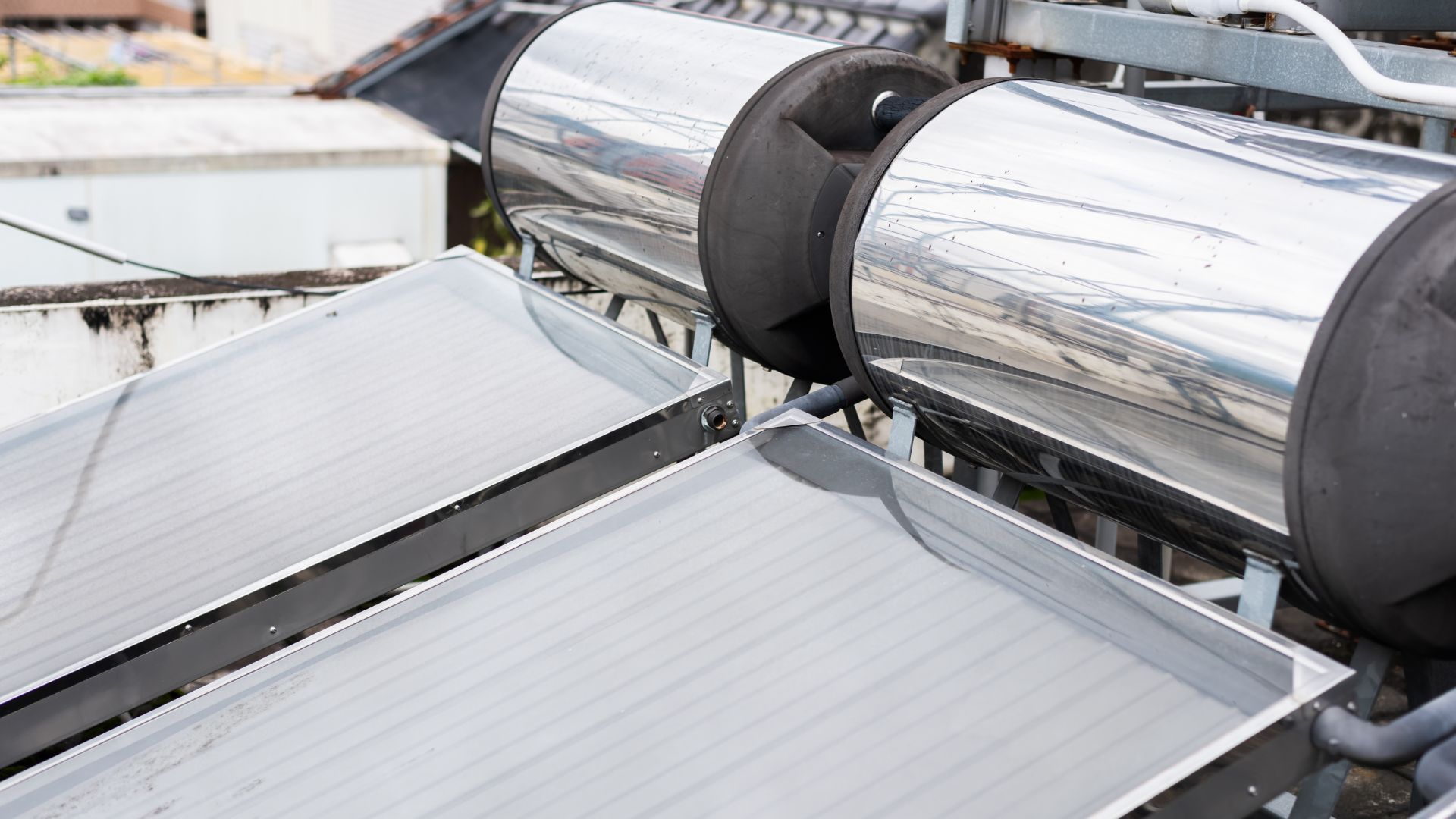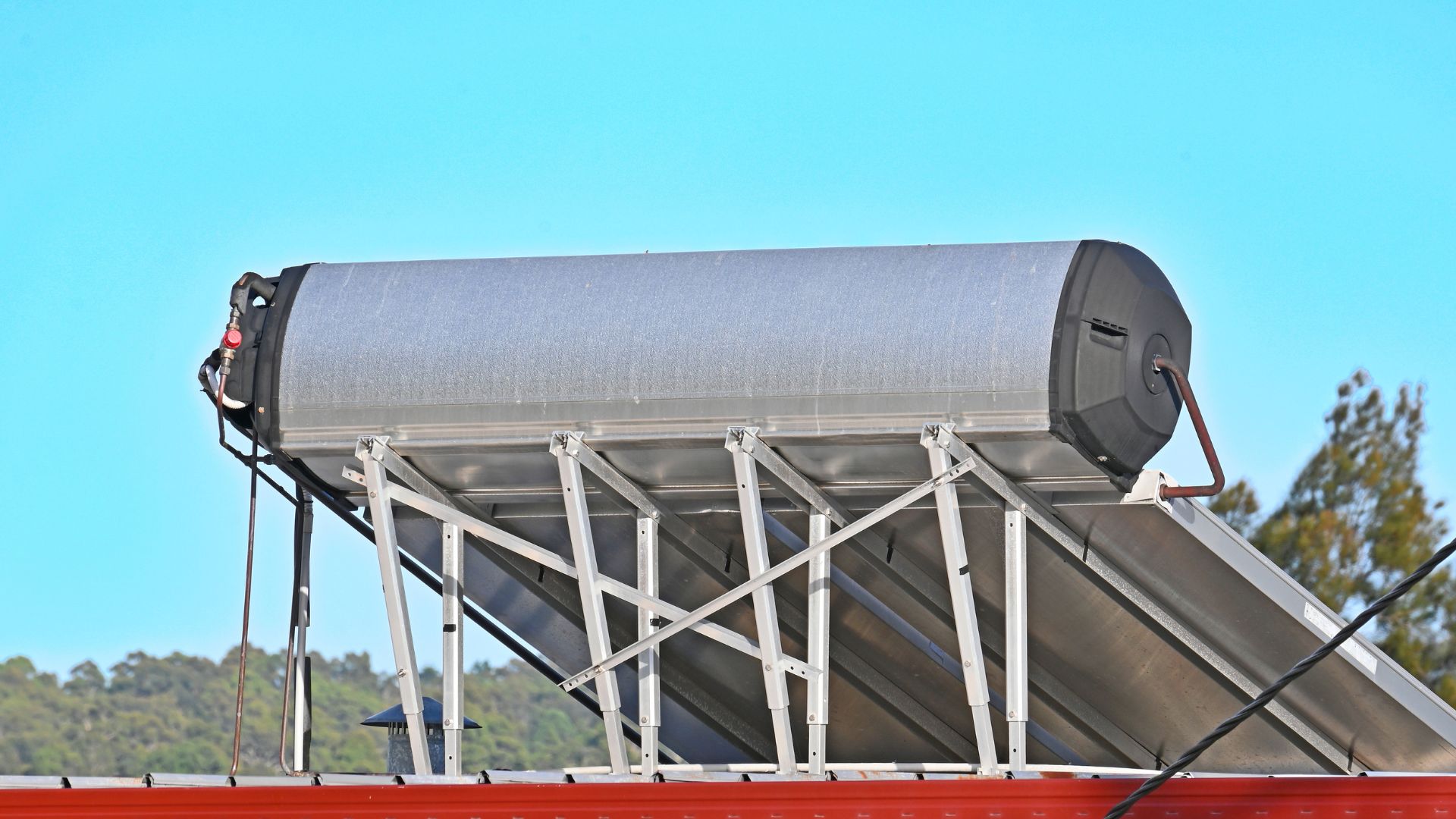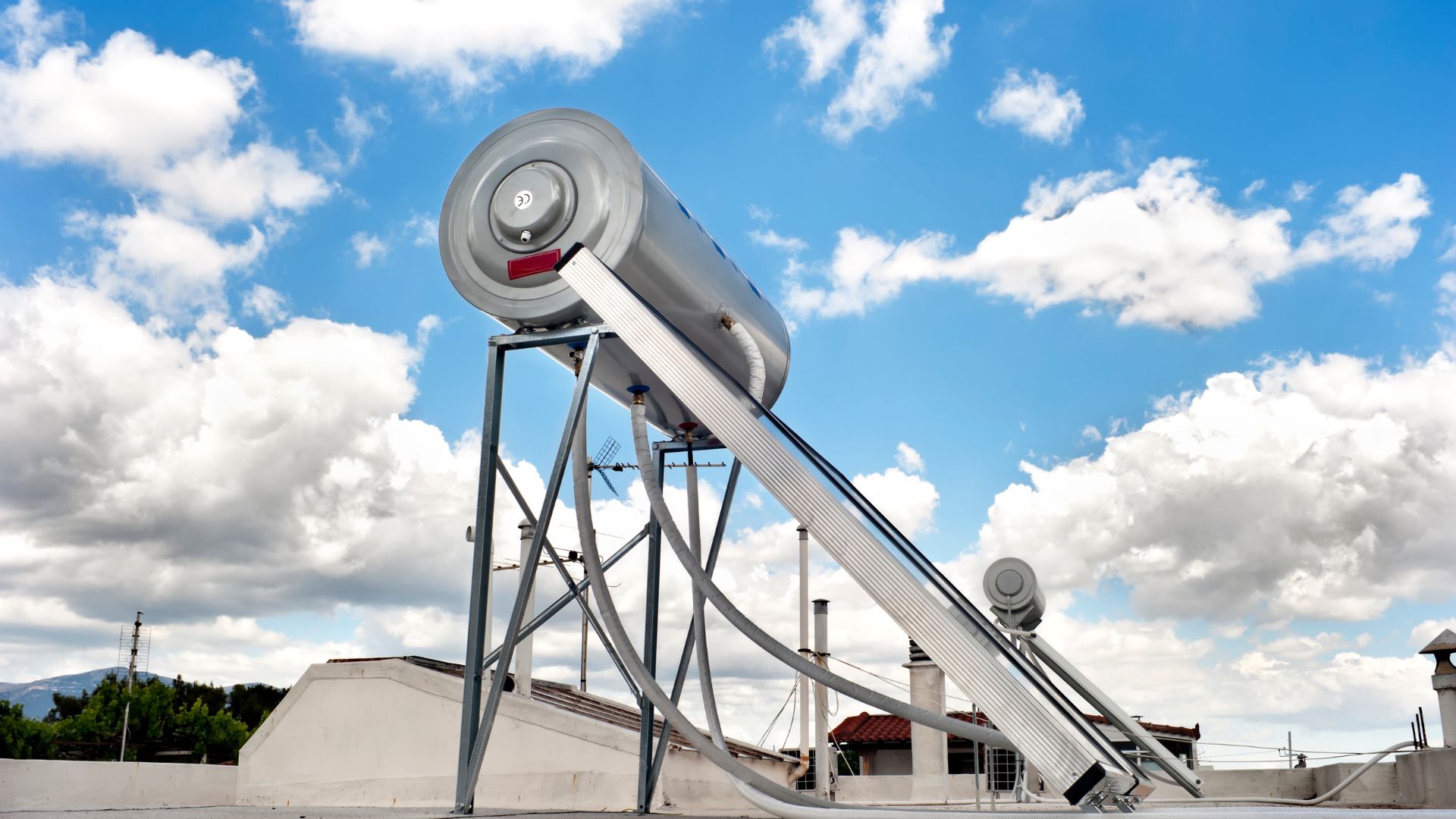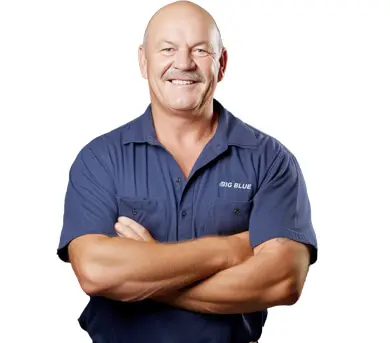According to ScienceDirect, water heating accounts for around 26% to 30% of household energy use in Australia, making it one of the biggest contributors to energy bills. With electricity costs rising and gas prices not far behind, Aussie households are feeling the pinch. And if you’re still using a traditional electric hot water system or a gas hot water system, chances are your water heating bills are through the roof.
Water heating energy use adds up quickly, especially when everyone in the house loves long, hot showers. That daily comfort leads to serious hot water energy consumption and, ultimately, a higher electricity bill or gas bill. But there’s a smarter way to cut hot water costs without giving up the luxury of warm water.
Enter solar hot water systems. By tapping into the sun’s energy using solar collector panels, you can heat water more efficiently and significantly reduce your energy bills. Solar hot water heaters are gaining popularity as a practical, eco-friendly solution for reducing both electricity costs and greenhouse gas emissions.
In this blog, I will explain why it might be the best move for your home
What Is a Solar Hot Water System and How Does It Work?
A solar hot water system uses the sun’s energy to heat water through solar hot water panels—also known as solar collectors. These systems are designed to reduce reliance on electric heaters or gas systems by delivering hot water through natural solar power.

The key components include:
- Solar collectors (either flat plate collectors or evacuated tubes)
- A storage tank for holding the heated water
- A backup electric or gas booster
The solar collectors capture heat from sunlight, which is then transferred to the water in the water storage tank. When there’s not enough sunlight—like during cloudy days or winter—the electric booster or gas burner kicks in to ensure you still get hot water when you turn on the hot water tap.
There are two main system types:
- Thermosiphon systems (where the storage tank is roof-mounted)
- Split systems (with ground-mounted storage tanks and roof collectors)
Each setup has its pros and cons depending on your roof structure, climate, and hot water usage.
In short, a solar hot water heater is a clever way to heat water more efficiently while reducing your reliance on costly energy sources. Plus, it’s a solid step toward energy efficientliving and cutting down on your carbon footprint.
How Much Does a Solar Hot Water System Cost in Australia?
The initial cost of a solar hot water system in Australia varies depending on the type and size of the system, but generally ranges from $3,000 to $7,000. This includes both the equipment and professional installation.
For an electric storage tank system with a flat plate collector, expect prices to start at the lower end of the range. A high-performance system using evacuated tubes with a gas booster will sit towards the higher end. A split system might be more expensive than athermosiphon due to extra plumbing work, but offers more flexibility.
Larger homes or those with higher hot water consumption will need a bigger storage tank and more solar hot water collectors, increasing the cost.Location also matters—regional or off-grid installs may attract extra fees.Roof orientation plays a role: north-facing roofs with minimal shade work best.
Using an approved installer ensures your system qualifies for rebates and performs at peak energy efficiency. A proper install includes:
- Solar panels or solar collector panels
- A hot water tank
- A booster (either an electric element or a gas burner)
- All plumbing and safety components
Government incentives can significantly reduce upfront costs. We’ll explain more shortly.
Solar Hot Water System Savings: What You Can Expect
A solar hot water system can save Australian households between $300 to $700 annually on water heating bills, depending on your location,hot water usage, and system type. Over 5 years, that’s up to $3,500 in cost savings.
Compared to a traditional electric water heater,solar water heaters drastically reduce water heating energy use. In sunny regions like Queensland,energy efficiency is even better thanks to more sunlight hitting both the collector panels and the water tank.
In cooler areas, savings are still solid, especially with efficient electric or gas boosters. These only kick in when solar power can’t meet demand, slashing reliance on expensive grid electricity.
Let’s break it down:
- If you’re spending $900/year on electricity costs for heating water, switching to solar hot water could reduce that to $200–$600.
- Payback periods usually range from 4 to 8 years.
- Heat pump units or premium systems with evacuated tubes often offer quicker ROI.
Real-life examples:
- A Brisbane family of four using a split system with solar PV panels and gas booster cut their electricity bill by 30%.
- A retiree couple in regional NSW using a roof mounted system with flat plate collectors halved their water heating bill within three years.
The longer you use your system, the greater the cost savings and the lower your carbon footprint.
Government Rebates and Incentives That Sweeten the Deal
One of the biggest perks of going solar is the range of government rebates. The Small-scale Renewable Energy Scheme (SRES)offers financial incentives for installing eligible solar hot water systems or a solar heat pump unit.
Installing a solar hot water heater earns you Small-scale Technology Certificates (STCs), which act as rebates that lower your upfront costs. The number of STCs depends on your system type,location, and climate.
Some states also provide extra rebates or low-interest loans for installing energy-efficient systems like solar hot water heaters.
To qualify, your system must:
- Be installed by an accredited installer
- Include approved solar collectors,storage tanks, and booster systems
These incentives make the switch to solar hot water much more affordable and help you recoup your investment faster.
Factors That Influence Your Savings
Getting the most from your solar hot water system depends on a few key things:

1. Roof direction and sun exposure
North-facing, unshaded roofs are best for solar collector panels.
2. Household size and water usage
More people mean more hot water usage, leading to greater savings potential.
3. Booster choice
A gas booster might be cheaper to run than an electric booster, depending on your connection to natural gas.
4. Water usage patterns
If most showers happen during the day, your system can use more of the sun’s energy instead of relying on the booster.
5. Energy tariff
Time-of-use electricity plans can impact hot water costs if your electric booster runs during peak hours.
6.System maintenance
Regularly cleaning your solar collectors, inspecting the water tank, and servicing the booster unit can improve performance and extend system life.
All of these factors can influence your cost savings, so it’s worth getting a setup tailored to your lifestyle.
Common Misconceptions About Solar Hot Water Systems
"They don’t work in winter or cloudy days" – False.All modern solar hot water systems include an electric or gas booster to ensure you always have hot water, regardless of the weather.
"They’re too expensive" – Not when you factor in rebates and long-term savings. The upfront initial cost is quickly offset by lower energy bills.
"They need constant maintenance" Most systems require only occasional cleaning of solar collectors and basic checks.
"Installation is disruptive" – A new hot water system can usually be installed in a single day with minimal hassle.
Why Solar Hot Water is a Smart Move for Aussie Households

Installing a solar hot water system is a smart choice for any Aussie home. It delivers:
- Long-term savings on your electricity bill or gas bill
- Lower greenhouse gas emissions
- Greater energy independence
Switching to solar power means using a free, renewable resource that works all year. With rising energy bills and climate concerns, it’s a perfect fit for sustainable living.
Plus, upgrades like a solar water heater or heat pump unit add real resale value to your home.
Let the Sun Heat Your Water – and Lower Your Bills
Sick of paying through the nose for water heating? A solar hot water system is your ticket to lower energy bills.
By harnessing the sun’s energy with solar hot water panels and a quality storage tank, you can enjoy reliable hot water without the high costs.
With rebates, long-term cost savings, and a smaller carbon footprint, making the switch just makes sense. Whether you choose a split system with evacuated tubes or a thermosiphon with flat plate collectors, there’s a solar system to suit every home.
At Big Blue Plumbing, we’re passionate about helping Queensland homes adopt sustainable hot water solutions. Contact our expert team today to see how much you could save with a solar hot water system tailored just for you.



